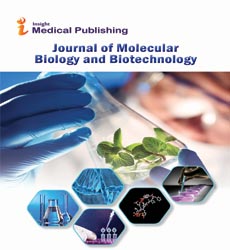Fabrication of Silk-Gelatin Using Electrospinning Technique
Received Date: July 5, 2022 Accepted Date: July 10, 2022 Published Date: July 28, 2022
Abstract
The Blindness due to cornea as the second major cause after cataract and allograft is the most common technique used to treat corneal blindness. The demand of high quality donor corneas is significantly higher compared to availability. To meet this scenario, Tissue Engineering (TE) has become an emerging field of interest in replacement of allograft. Tissue engineeringapproach deals with biodegradable or non-biodegradable scaffold with cells incorporated inside to mimic the scenario of Extracellular Matrix (ECM) inner environment of an organism and must have the ability to function as body organ temporarily. Theresearchers have proposed many approaches that could meet the elevating demand of cornea. These approaches could satisfy a few aspects but require more relevant approach to mimic the corneal architecture. The published reports show the importance ofgelatin in terms of transparency and cellular biocompatibility; usage of electrospinning with respect to fibrous alignment and mechanical strength, and exploitation of silk as a transparent, biocompatible and mechanically strongest material. The scaffold was prepared using electrospun gelatin mat percolated with a certain ratio of silk fibroin. The scaffold was air dried and further characterized in terms of transparency, swelling and degradation, porosity, nanofibrous architecture and their functional groups. The results obtained depicts transparency approximately 70-80%, FTIR characterization confirms the presence of both biomaterials.
Open Access Journals
- Aquaculture & Veterinary Science
- Chemistry & Chemical Sciences
- Clinical Sciences
- Engineering
- General Science
- Genetics & Molecular Biology
- Health Care & Nursing
- Immunology & Microbiology
- Materials Science
- Mathematics & Physics
- Medical Sciences
- Neurology & Psychiatry
- Oncology & Cancer Science
- Pharmaceutical Sciences
